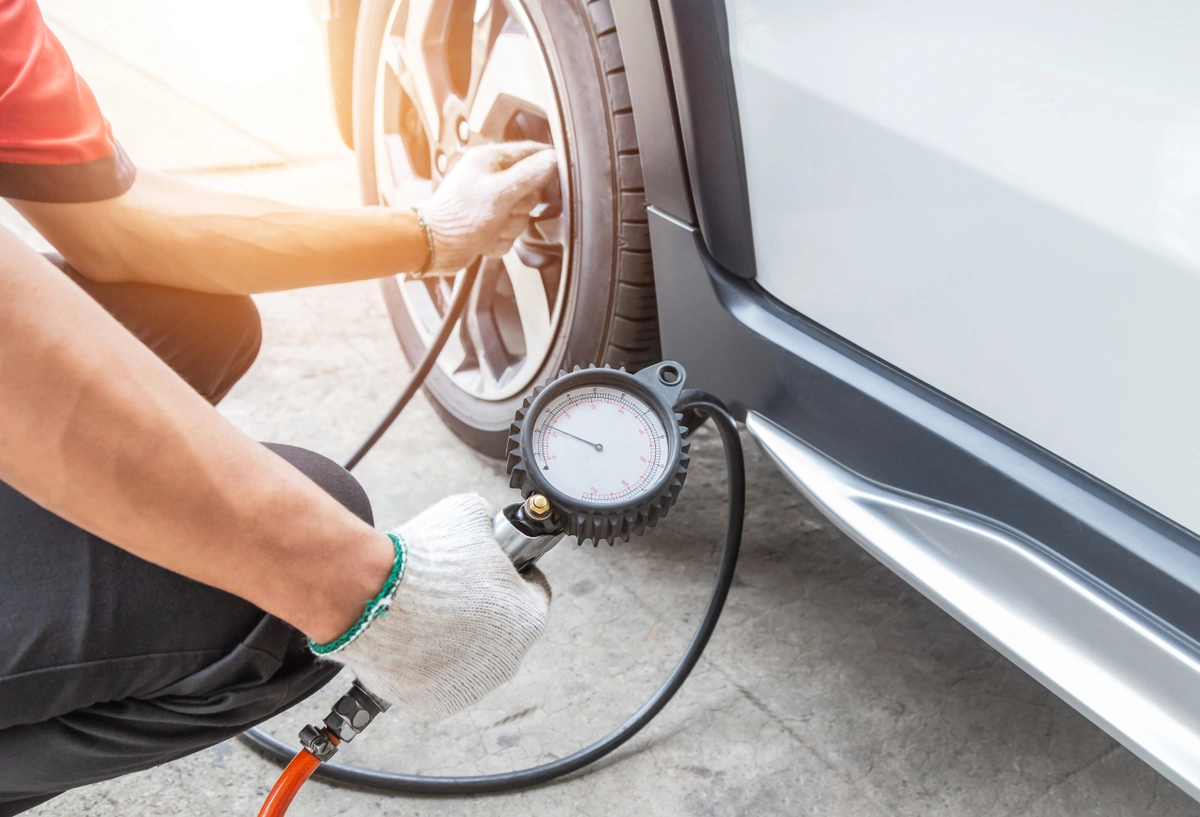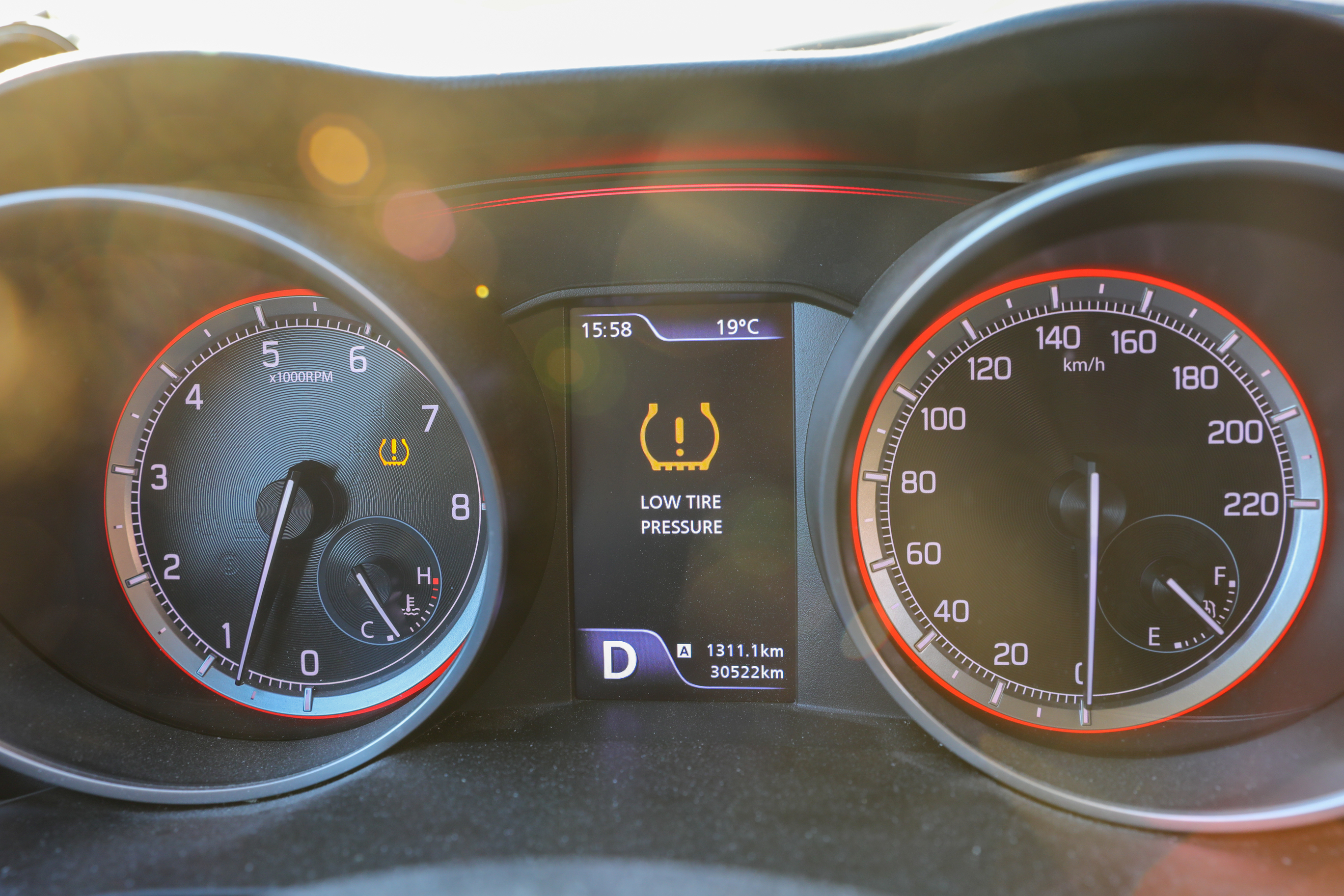Your Shopping Cart
Your cart is empty.
Subtotal ( items)
Instant Rebate Applied:
Promo Code Applied: ID.me Discount Applied:
Have a Promo Code?
Size:
Item
Item
Selected for:
/ each
Add-Ons
Wireless air pump capable of pumping up to 150 psi with 2000 MAH power bank.



Fully protect your clothes and vehicle interior during transportation of your tires. For Tires up to 31" tall and wheels up to 22".
Per sensor
Add TPMS Sensors
/per sensor
Please confirm the make, year, model and trim of the vehicle you want to purchase for:
How many sensors do you need?
The vehicle you have selected is not compatible with aftermarket TPMS Sensors.
Enter a different vehicle to add TPMS sensors

 Front Tire Size:
Front Tire Size:
 Rear Tire Size:
Rear Tire Size:
 Your Vehicle:
Your Vehicle:
Pros & Cons of Staggered Fitment

Attractive Design

Improved Handling

Improved Cornering
Bumpier Ride
Poor Traction in Snow
How do I find my tire size?



Need help?
 Your Vehicle:
Your Vehicle:
Pros & Cons of Staggered Fitment

Attractive Design

Improved Handling

Improved Cornering
Bumpier Ride
Poor Traction in Snow
How do I find my tire size?



Need help?
Pros & Cons of Staggered Fitment

Attractive Design

Improved Handling

Improved Cornering
Bumpier Ride
Poor Traction in Snow
Need help?
Need help?
How do I know if I have an LT tire?

 Your Vehicle:
Your Vehicle:
Sorry, we could not find any available
wheels for your sizing selections.
Need help?
How to Let Air Out of A Tire
By Tire Agent Staff
March 17, 2023
If you have a vehicle built in the last 15 years or so, you're probably familiar with the tire pressure monitor system, or TPMS. It's a system that tracks tire pressure and notifies you if a tire's PSI drops below the recommended amount. An icon on your dashboard will let you know it's time to check the tire for damage and add air.
OK, that's good information to be aware of for tires losing air pressure. But what about tires that have been overfilled with air? Let's examine why you might want to let the air out of a car's tires. (And, no, never to exact revenge on an ex.) Then we'll give you the proper techniques.
6 Reasons to Deflate Vehicle Tires
Letting air out of a vehicle's tires can be a deliberate and necessary action in certain situations. Here are some reasons why you might want to let the air out of your vehicle's tires:
- Off-roading: When driving off-road, letting air out of the tires can increase traction and allow the vehicle to grip the terrain better. Lower tire pressure helps the tire's tread to widen and make contact with a larger surface area, resulting in more grip and better stability.
- Snow and ice driving: Reducing tire pressure may improve traction on slippery surfaces when driving in snowy or icy conditions. Some drivers believe that lower tire pressure means more tire surface area in contact with the ground, which may prevent sliding.
- Sand driving: Similarly, driving on sand requires lower tire pressure to avoid getting stuck. Reducing tire pressure helps the tire's tread better grip and push through the sand.
- Comfort: In some situations, a vehicle's tires may be inflated to a higher pressure than necessary for the load they are carrying. This may result in a rougher ride and discomfort for everyone in the vehicle. Lowering the tire pressure might improve ride comfort.
- Emergency situations: In the event of a tire blowout or flat tire, reducing the pressure in the remaining tires may help you maintain control of the vehicle and avoid a serious accident.
- Over-inflated tires: If your tires have too much air, you'll need to let some air out, so the PSI is within the range that the tire manufacturer specifies. Learn more about how to tell if a tire has too much air.
Keep in mind that while lowering tire pressure may be beneficial in certain situations, it's vital to ensure the tires are inflated to the manufacturer's recommended pressure when driving on normal roads. Properly inflated tires are safer, and they last longer.
Underinflated tires may reduce fuel efficiency, decrease handling and braking performance, and increase risk of tire damage and blowouts. With that said, here's how to deflate a tire the right way.
Steps to Release Air From a Tire
Letting air out of car tires is a simple process that can be done with just a few tools. It's important to check the tire pressure before letting air out and to avoid over-deflating the tire. Always recheck the tire pressure after deflating to ensure it is at the manufacturer's recommended level.
If you are going to air down tires, whether for snow or because they're overinflated, do it near an air hose. That way, if you release too much air, you've got a source for refilling the tires.
Here are steps to letting air out of a tire:
- Safety first: Make sure you park your car in a safe location, such as a flat surface away from traffic. Turn off your engine and apply the handbrake.
- Locate the tire valve: Each tire has a valve stem on the rim, which is usually capped with a plastic or metal cap. Remove the cap by twisting it off with your fingers.
- Use a pressure gauge: Before letting air out, check the current pressure in the tire with a pressure gauge. This will give you a baseline for how much air you need to release. The recommended tire pressure can be found in your car's manual or on the driver's side door jamb.
- Press the valve stem: Place the end of the pressure gauge or a small object like a screwdriver on the valve stem and press down. This will open the valve and release the air from the tire.
- Check the pressure: Release air slowly in short bursts to avoid over-deflating the tire. Stop periodically to check the tire pressure with the gauge until you have reached the desired pressure.
- Follow the same steps for each tire: Repeat this process for all tires that need air pressure adjustment.
- Recheck the pressure: After letting the air out, recheck the tire pressure with the gauge to ensure it is at the correct level. If not, add or release air as needed.
- Recap the valve: After letting air out, replace the valve caps by screwing them back onto the valve stems.
So, what if you need to release air from a tire but don't have access to a pressure gauge? This can be challenging as you won't be able to measure the exact amount of air you are removing. However, if you need to remove some air from your tire, you can follow the steps above. But check tire pressure as soon as you are safely near a tire pressure gauge.
Photo 123500203 | Airubon | Dreamstime.com
How to Qualify for the $50 Offer
- Add items to your cart and begin checkout.
- Select PayPair and apply for financing.
- If you’re approved by a participating lender, you’ll see a $50 promotional rebate applied to your order total.
-
To receive the $50, you must:
- Complete your purchase with a qualifying lender,
- Agree to the payment terms,
- And make the required number of consecutive on-time payments, as specified by the lender.
Note: Offer available only through select lenders. Additional eligibility requirements and conditions apply. Rebate may be issued after verification of qualifying payment activity. Terms subject to change.
How to Purchase Tires and Wheels
With a Payment Plan
Tire Agent's payment plans make it easy to get the best partial or full set of tires and wheels for your vehicle.
It's fast, secure and won't affect your credit score
Match with multiple lenders
Why Choose PayPair?
PayPair’s Partners and Plans

No Money Down

No Money Down

No Credit Needed*

No Money Down

$1 to Start!*

No Money Down

No Credit Needed*

$1 to Start!*

No Money Down
Other Payment Plans

$0 to Little Down

Pay with your bank account

Simplified checkout experience

Faster and easier than using cards or cash

Simplified checkout experience

Faster and easier than using cards or cash
*SNAP: The advertised service is a lease-to-own agreement provided by Snap RTO LLC. Lease-to-own financing is not available to residents of Minnesota, New Jersey and Wisconsin. NO CREDIT NEEDED: Not all applicants are approved. While no credit history is required, Snap obtains information from consumer reporting agencies in connection with applications, and your score with those agencies may be affected. PAYMENT PLAN: The standard plan consists of renewable lease terms. To exercise an early ownership, consumers must make regular payments on time and schedule additional payments via the customer portal or by contacting Customer Care at 1-877-557-3769. KATAPULT: The Promotional Initial Payment (plus any applicable taxes and fees) is due at lease signing. Your lease-purchase payment amount will be determined after you select your product(s). You will not acquire ownership of the product(s) if the total amount necessary to acquire ownership is not paid. The Promotional Initial Payment does not reduce the cost of the lease-purchase agreement. The Promotional Initial Payment is only available when shopping at Tire Agent through the Katapult mobile app and at Tire Agent’s website. Product pricing subject to change and availability. Disclosure: 90-day early purchase option (EPO) terms and conditions apply: 90-Day (3 months in CA) You can buy out your lease-to-own agreement within the first 90-days. This amount includes the cash price, plus the lease-to-own cost for the first 90-days. Taking advantage of the 90-day purchase option will save you the most money! PROGRESSIVE: Ownership by rental/lease agreement with Progressive Leasing costs more than the retailer’s cash price. Select items only. Cancel or purchase early at any time. Not available in MN, NJ, VT, WI, WY. Progressive Leasing obtains information from credit bureaus. Not all applicants are approved. Standard agreement offers 12 months to ownership. 90-day purchase options cost more than the retailer’s cash price (except 3-month option in CA). To purchase early or to cancel lease, you must call 877-898-1970. Retailer cannot activate early purchase options.


